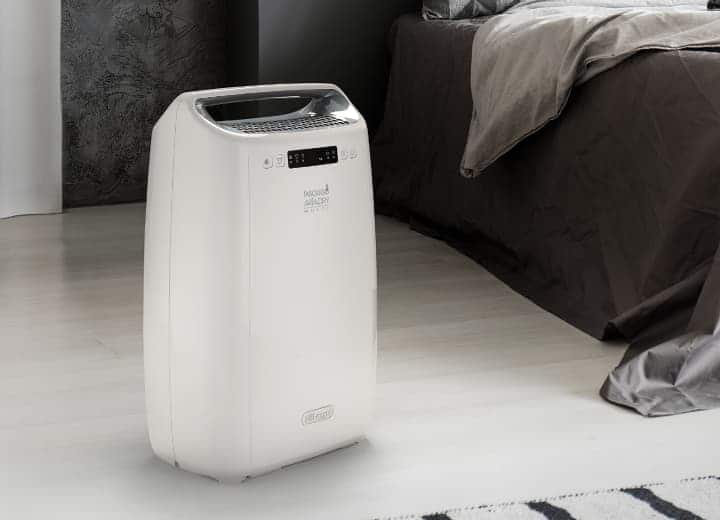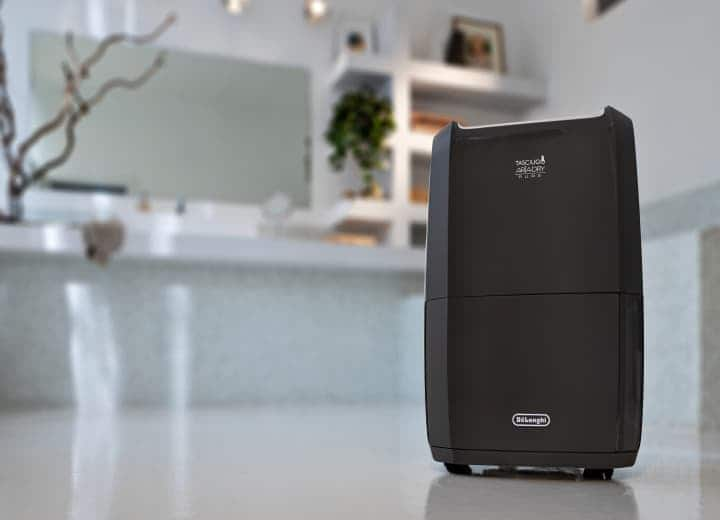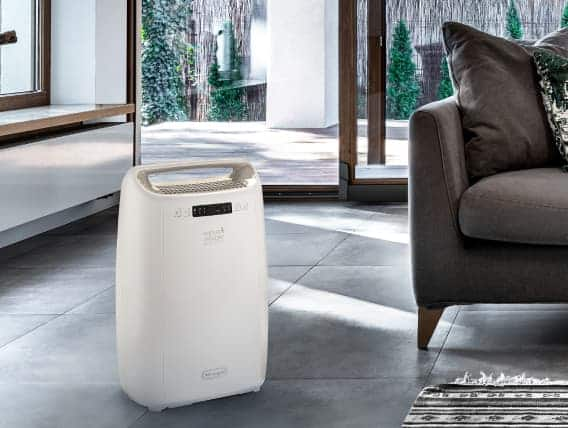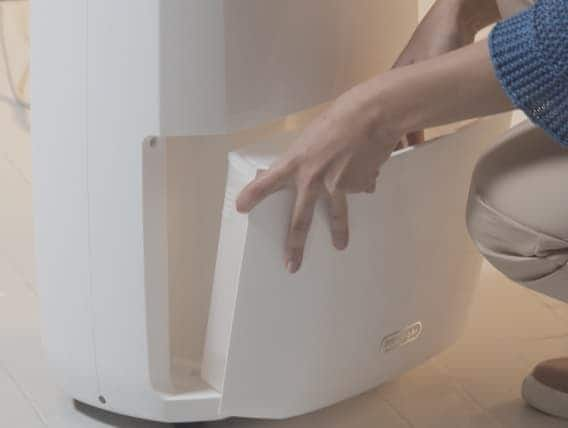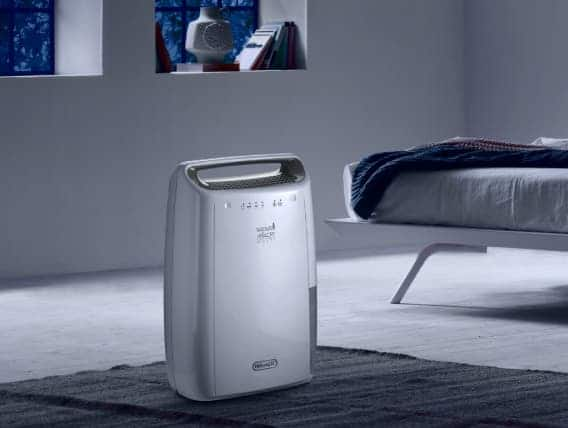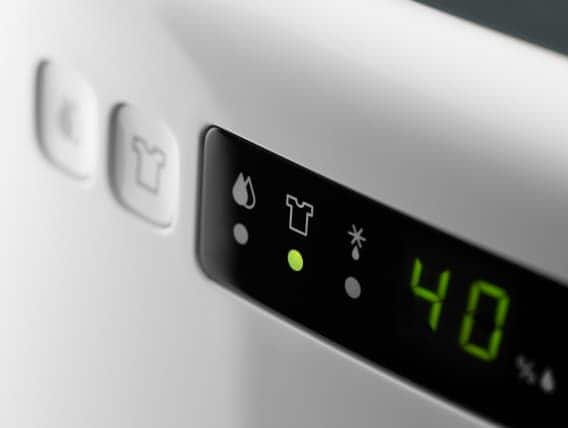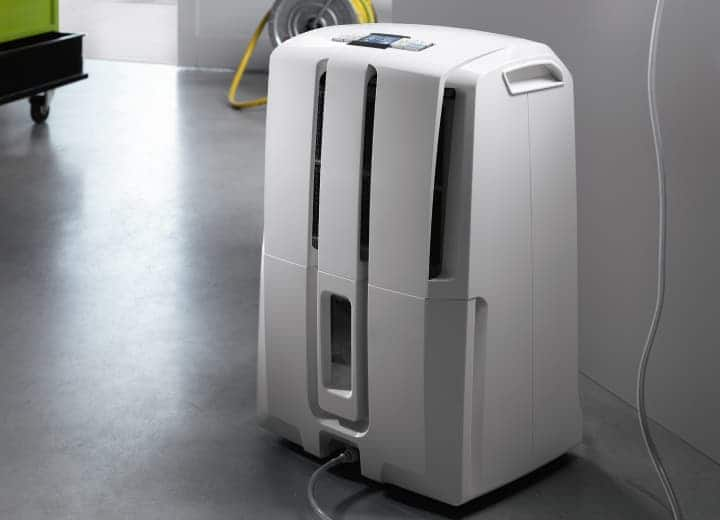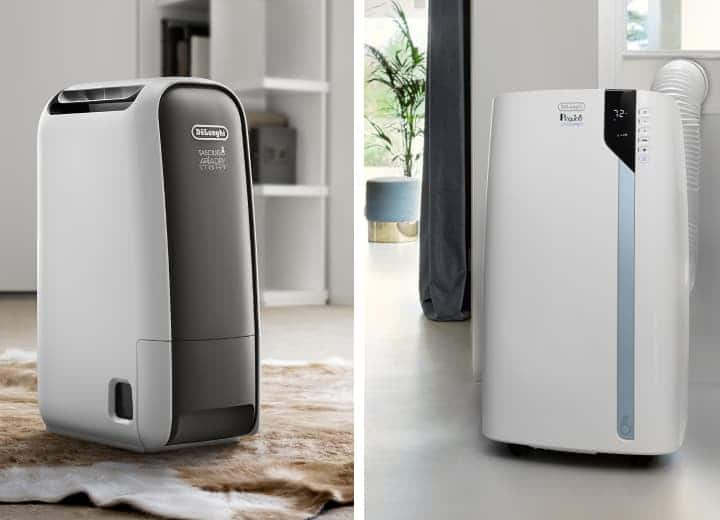Ausgangstemperatur und Luftfeuchtigkeit
Beachten Sie, dass es bei besonders tiefen Temperaturen ratsam ist, den Raum gleichzeitig zu heizen, um eine effizientere Entfeuchtung und damit einen höheren Raumkomfort zu erreichen. Schließlich ist zu beachten, dass die Feuchtigkeitsbedingungen in einem Raum als optimal gelten, wenn die relative Luftfeuchtigkeit zwischen 40 % und 60 % liegt. Es wäre daher ineffizient, einen Luftentfeuchter mit einer Luftfeuchtigkeit von weniger als 40 % zu verwenden.
